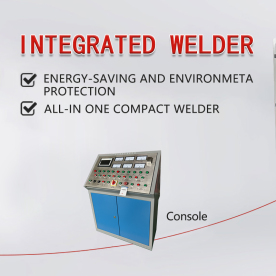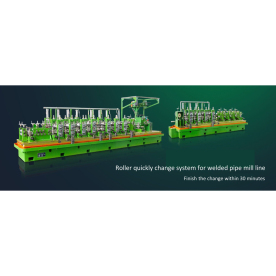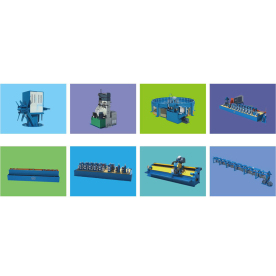[Solid state HF welder for thin metal sheets]Exploring the Advantages of Solid State HF Welder for Thin Metal Sheets in Modern Manufacturing Applications
News 2024-12-27
****
Exploring the Advantages of Solid State HF Welder for Thin Metal Sheets in Modern Manufacturing Applications
**Understanding Solid State HF Welding**
Solid-state HF welding is a process that utilizes electromagnetic fields to join thin metal sheets without the need for melting or the introduction of filler materials. The technique primarily relies on the high-frequency electrical currents that generate localized heating at the interface of the materials being welded. This method allows for precise control over the welding process, making it particularly advantageous for thin metals, which require careful handling to avoid warping or damage during welding.
The core of this technology is its solid-state nature, which differs significantly from traditional welding techniques like arc or laser welding. Instead of utilizing a molten pool of metal, solid state HF welding produces strong, durable joints by achieving a metallurgical bond that effectively maintains the integrity of the materials involved. This is particularly important when working with thin metal sheets, as they are often more sensitive to excessive heat and mechanical stress.
**Advantages of Using Solid State HF Welders for Thin Metal Sheets**
1. **Minimized Heat Affected Zone (HAZ):** One of the primary benefits of solid state HF welding is the minimal heat affected zone it creates during the welding process. Since the approach focuses on localized heating, the surrounding material remains largely unchanged, preserving the mechanical properties of the thin metal sheets and reducing the risk of warping.
2. **Reduced Material Distortion:** Thin metal sheets are inherently more prone to distortion during welding due to their lightweight nature. The precise control provided by solid state HF welding minimizes forces acting on the sheets, significantly reducing the likelihood of deformation and ensuring that the final product maintains its intended design specifications.

Exploring the Advantages of Solid State HF Welder for Thin Metal Sheets in Modern Manufacturing Applications
4. **Energy Efficient Process:** Traditional welding methods often require substantial energy inputs, resulting in higher operational costs. Solid state HF welders, on the other hand, are designed to be energy-efficient, consuming less power and generating minimal waste heat. This not only contributes to lower energy bills but also aligns with sustainability initiatives within the manufacturing sector.

Exploring the Advantages of Solid State HF Welder for Thin Metal Sheets in Modern Manufacturing Applications
6. **Versatility in Material Applications:** Solid state HF welding is compatible with a wide range of materials, including various alloys and thin sheet metals. This versatility makes it an attractive option for manufacturers who work with diverse materials and need a robust joining solution for multiple applications.
**Conclusion**
In conclusion, solid state HF welding for thin metal sheets represents a significant advancement in welding technology. Its ability to minimize distortion, enhance production efficiency, and maintain excellent weld quality makes it a preferred choice for modern manufacturers. As industries continue to embrace new technologies, solid state HF welding offers a reliable solution that meets the challenges of today's precision-engineered products. With its numerous advantages, this technology is set to play a crucial role in the future of metal fabrication, driving innovation and improving outcomes across various sectors. As businesses strive for greater efficiency and sustainability, solid state HF welders will undoubtedly prove to be an invaluable asset in the quest for quality and productivity.
